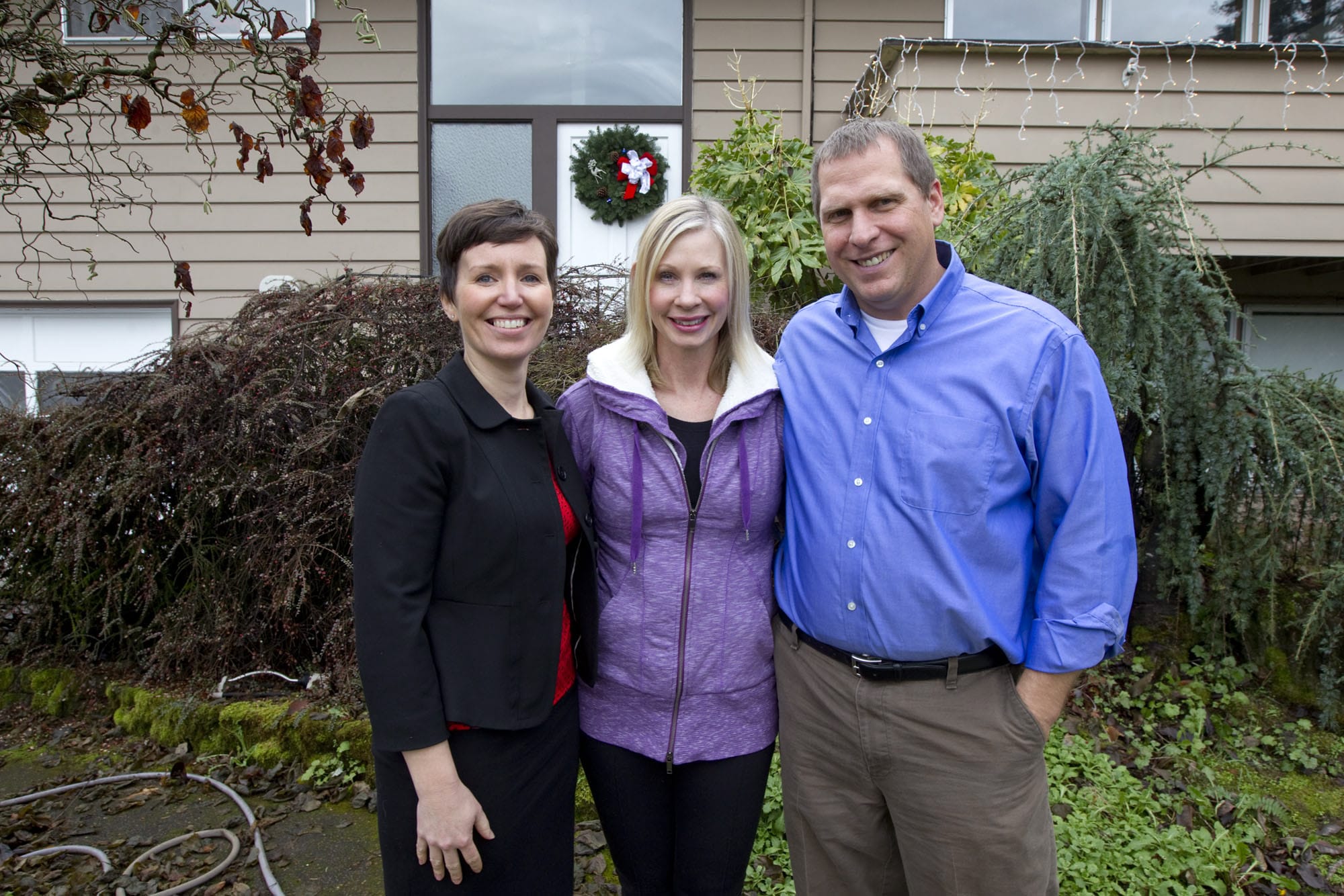Jarrett LeClaire and his wife, Ilene, were newlyweds trying to start a family when Ilene discovered a small tumor in her right breast.
A biopsy led to the 42-year-old’s diagnosis of Stage 1 breast cancer. The Vancouver couple were dealt a series of blows over the weeks that followed. Misread tests led to a false diagnosis of inoperable Stage 4 cancer and recommendations to begin planning Ilene’s funeral.
The LeClaires were relieved to learn the original diagnosis of Stage 1 breast cancer was correct. Ilene underwent mastectomy surgery in early June 2009 and assumed she would finally be free of the cancer that had shaken her world for months.
Two days later, the LeClaires learned Ilene would need another surgery. The surgeon wasn’t able to get negative margins — a certain amount of cancer-free tissue surrounding the tumor — to ensure the cancer was completely gone.




